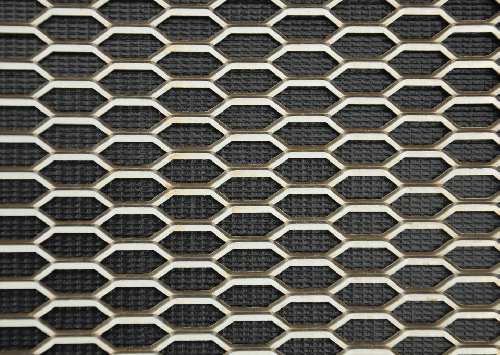
10 月 . 10, 2024 13:52 Back to list
Aluminium Shredding Importance and Process
Aluminium is one of the most widely used metals in the world, known for its lightweight, strength, and corrosion resistance. Over the years, the demand for aluminium has surged, particularly in industries such as automotive, aerospace, and packaging. However, with the increasing consumption of aluminium, the importance of recycling has also gained prominence. One of the critical processes in aluminium recycling is shredding, which plays a vital role in optimizing the recycling process and reducing environmental impact.
Why Aluminium Shredding Matters
Recycling aluminium is not only cost-effective but also environmentally friendly. The production of aluminium from raw materials requires a significant amount of energy. In fact, recycling aluminium saves up to 95% of the energy needed for primary production. This reduction in energy consumption translates into fewer greenhouse gas emissions, making aluminium recycling an essential step toward sustainability.
Shredding is the first step in the recycling process, which involves breaking down large pieces of aluminium scrap into smaller, more manageable pieces. This is crucial for several reasons. First, it increases the surface area of the metal, allowing for efficient melting and refining. Second, it ensures uniformity in size, which is necessary for feeding the melted aluminium into the manufacturing process. Finally, shredding also helps remove contaminants such as plastics, rubber, and other non-metal materials that could affect the quality of the recycled aluminium.
The Shredding Process

The aluminium shredding process typically involves several steps, beginning with the collection of scrap metal. Sources of aluminium scrap include end-of-life vehicles, beverage cans, building and construction materials, and industrial waste. Once collected, the aluminium scrap undergoes a sorting process to separate it from other materials.
After sorting, the aluminium scrap is fed into a powerful industrial shredder. These shredders use rotating blades to break the metal down into smaller pieces. Depending on the size and type of the shredder, this process can produce shredded aluminium particles as small as 1 inch or even less. Once shredded, the material is further processed to remove contaminants. This can include magnetic separation, air classification, and other methods to ensure high purity.
Following the shredding and cleaning processes, the shredded aluminium is then melted in large furnaces. The molten aluminium is poured into molds to create ingots, which can later be sold to manufacturers for reuse in the production of new products.
Conclusion
Aluminium shredding is an essential component of recycling, driving the movement toward a more sustainable future. By efficiently breaking down scrap aluminium, the shredding process enhances the quality and accessibility of recycled materials. As industries continue to prioritize sustainability, the role of aluminium shredding will be increasingly vital in reclaiming valuable resources while minimizing environmental impact. Investing in advanced shredding technologies and recycling infrastructure can further amplify these benefits, making aluminium a leader in the circular economy. As we strive to preserve our planet's resources, understanding and enhancing the aluminium shredding process will undoubtedly play a significant part in our efforts to create a sustainable future.
Latest news
Unveiling the Power of Eddy Current Separator
NewsSep.25,2024
Transform Your Home Recyclin:home metal shredder
NewsSep.25,2024
The Future of Waste Management with Recycling Line Picker
NewsSep.25,2024
The Benefits of a Metal Recycling Plant
NewsSep.25,2024
Revolutionize Material Separation with Onwang Technology
NewsSep.25,2024
Innovative Waste Management: Unveiling the MSW Sorting Plant
NewsSep.25,2024